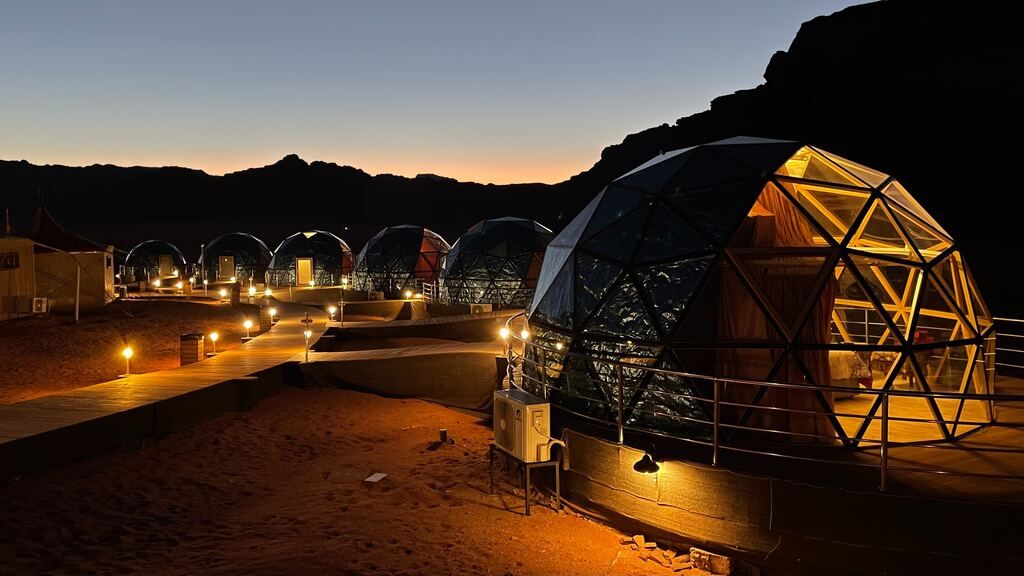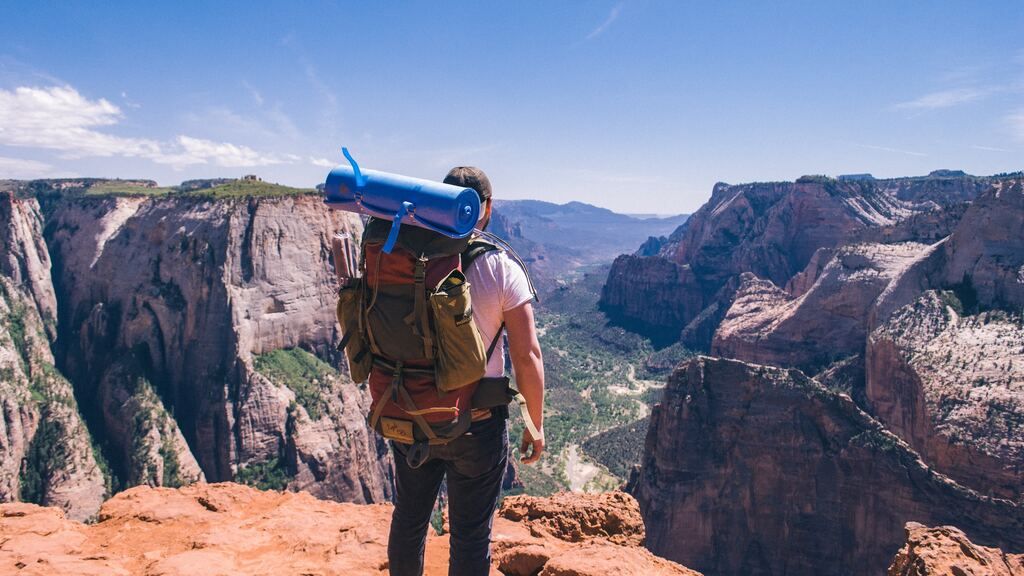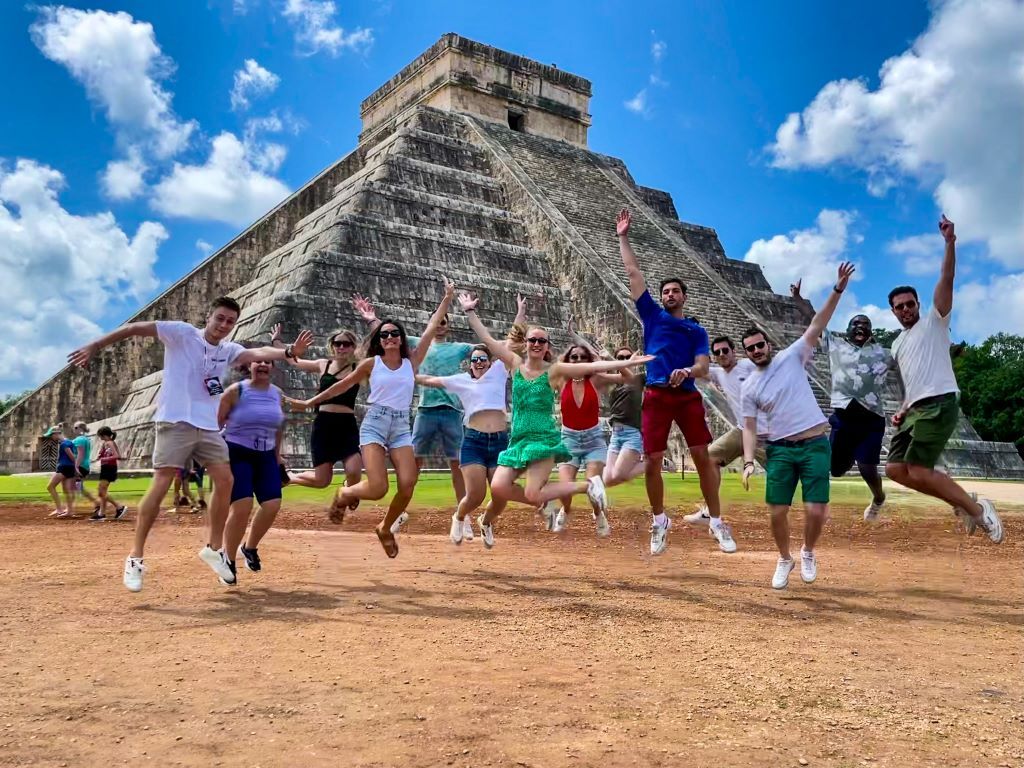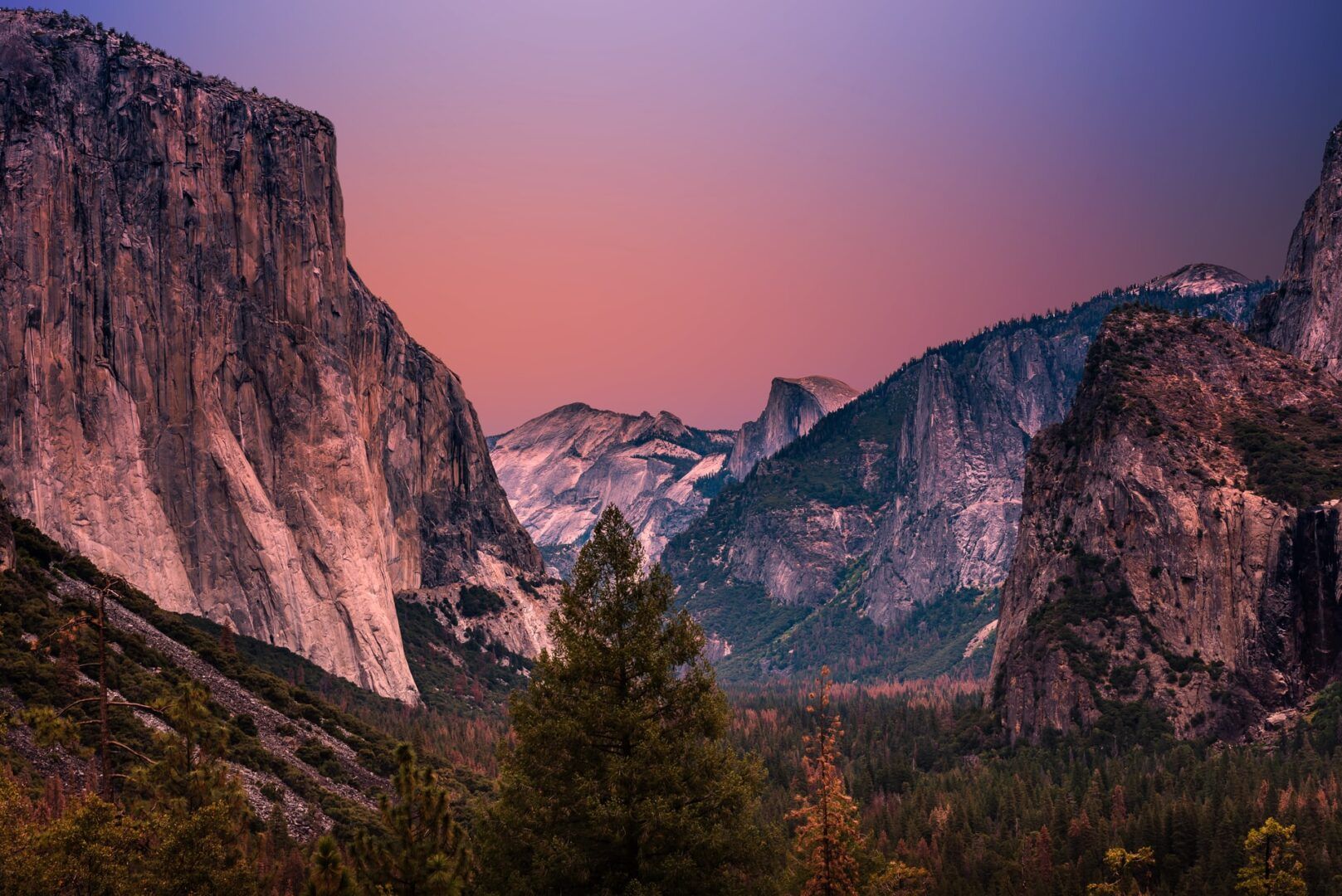

Yosemite National Park is an obligatory stop for fans of nature and even for anyone who has ventured to California! The over 3 million people who visit it every year, adamantly confirm this.
Maybe it’s because of its 3,000 square kilometres interspersed with rock walls, waterfalls, lakes and roaming wildlife. Perhaps it’s because you trust UNESCO, which named it a World Heritage Site in 1984. It’s always smart to dedicate a few days to this incredible corner of the world! Its history dates back 10 million years when the Sierra Nevada turned into a series of slopes creating streams and canyons. It had been inhabited by the Amerindian tribes of Miwok and Paiute 3000 years ago until the Ahwahneechee came into contact with the colonists of the 1800s. In 1890 it was recognised as a protected area (the second oldest, after Yellowstone) and since then it has always hosted hordes of adventurous tourists!
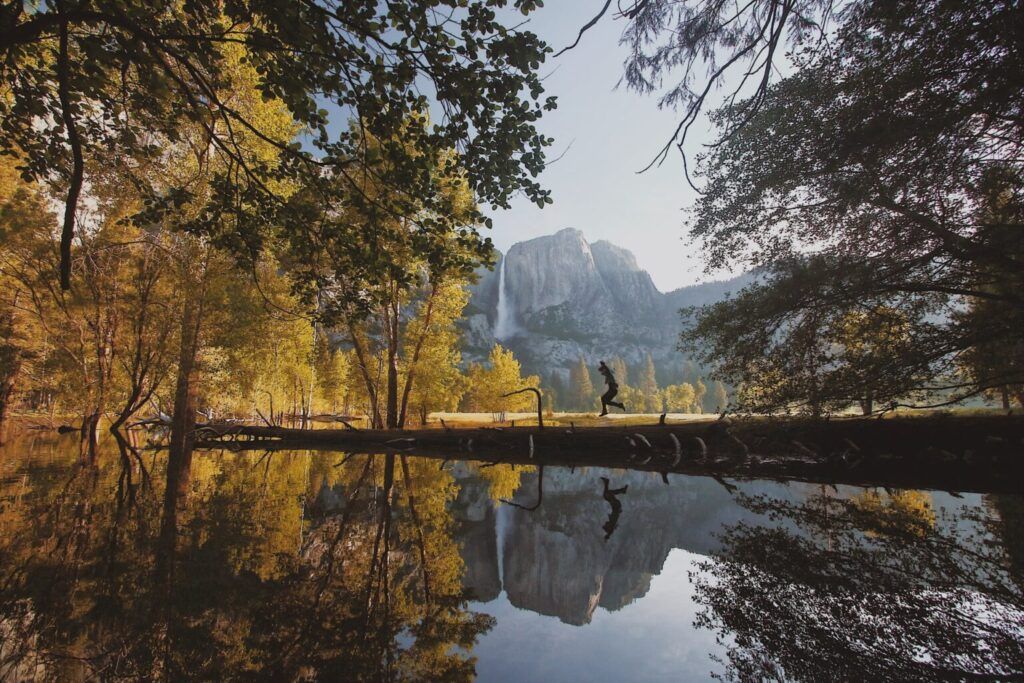
In this article, we will discover together all the things to do in Yosemite National Park, why it is so famous, what to see, how long to stay and when to stay plus some survival tips in case you should be among the lucky few to meet the park’s cutest residents: bears!
The Yosemite Valley
The Yosemite Valley is the fulcrum of the park, where the Ahwahnechee and the Yosse’Meti (literally “those who kill”) tribes settled, giving their name to the area. The park is located in the middle of the Sierra Nevada and falls within the county of Mariposa and Tuolumne. Of its 3,000 sq km we can merely visit 1%. Everything else is considered a “natural area” or “integral reserve”, i.e. off-limits to tourists. Despite this, I can assure you that it conveys a feeling of something immense! Given that it is a protected and delimited area, the park has four entrances:
- North Gate – Big Oak Flat – for those arriving from San Francisco
- West Gate – Butterfly – for those arriving from Monterey
- South Gate – Oakhurst – for those arriving from Los Angeles
- East Gate – Tioga Pass Entrance – practical for those arriving from Death Valley
The latter is the most evocative, it is only open from May to November due to snow cover in winter. Coming from the east, you can take the scenic Tioga Road, passing by Mono Lake. There is an entrance fee to the park. The best means of transport is the car by far, so you can be autonomous in visiting the different spots but you can also enter by motorcycle, or on foot/bike and then take advantage of the park shuttles that connect the valley with the main hotels and points of interest.
So, what are the things to do once you get to Yosemite valley – which is the central point of the park? From here, you can take several paths. There is something for everyone, both in terms of length and difficulty! Take a tour of the Visitor Centre to pick up all the useful info and maps of the trails. In the valley, you will also find the Visitor Store to buy supplies and souvenirs, as well as equipment for those brave enough to sleep outdoors.
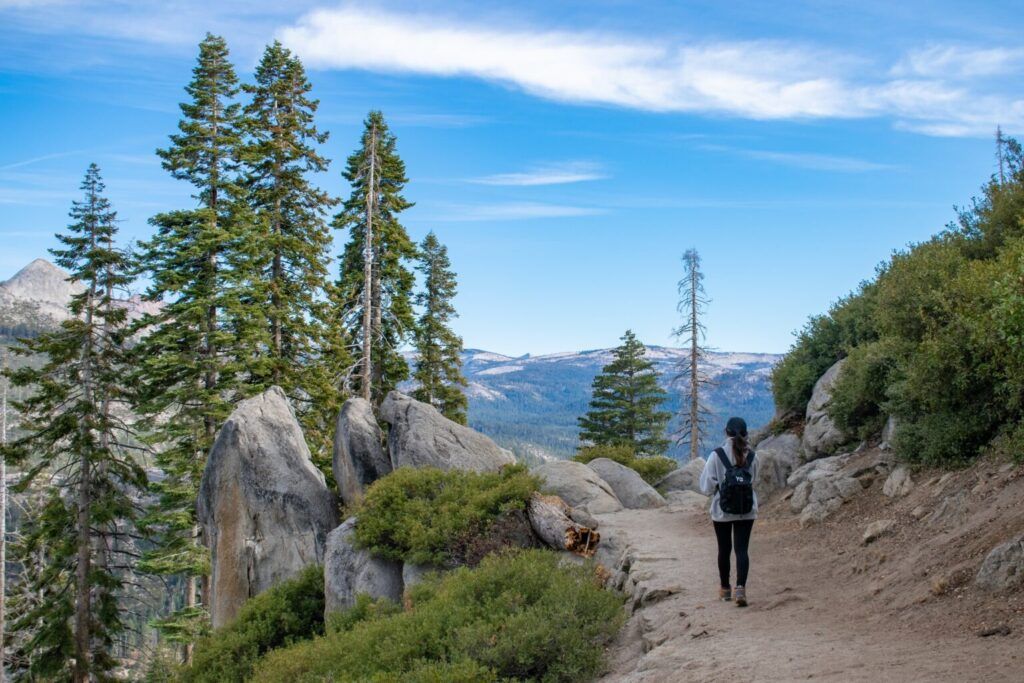
Glacier Point, Half Dome and El Capitan
If you are not the hiking type, you can always visit the park by driving from one spot to another, always mindful of the rules and speed limits to avoid damaging the flora and fauna. These are the scenic spots not to be missed within Yosemite Park.
- Glacier Point – Probably the most famous spot within the park. From here, you can see in all its beauty the famous Half Dome (also because, perhaps without knowing it, everyone wears the logo on their T-shirts, backpacks and jackets of an equally famous brand of sportswear). Apart from the Half Dome, from here you can enjoy a spectacular view of the valley and the waterfalls. This viewpoint is only open in spring/summer. A stop here is absolutely recommended among the many things to do in Yosemite Park.
- Tunnel View – Panoramic point of the road if you enter from the west. It is a beautiful spot where the valley opens out before your eyes creating a sort of tunnel of mountains!
- El Capitan Meadow – For those arriving from the north, it is a must-see to enjoy the view of El Capitan, the park’s symbol, one of the highest granite boulders in the world (1,100m), famous for climbing and free climbing.
- Tuolumne Meadows and Olmsted Point – Practical for those entering from the east and therefore from the Tioga Pass. These 2 spots offer a different perspective of the half dome and the surrounding landscape.
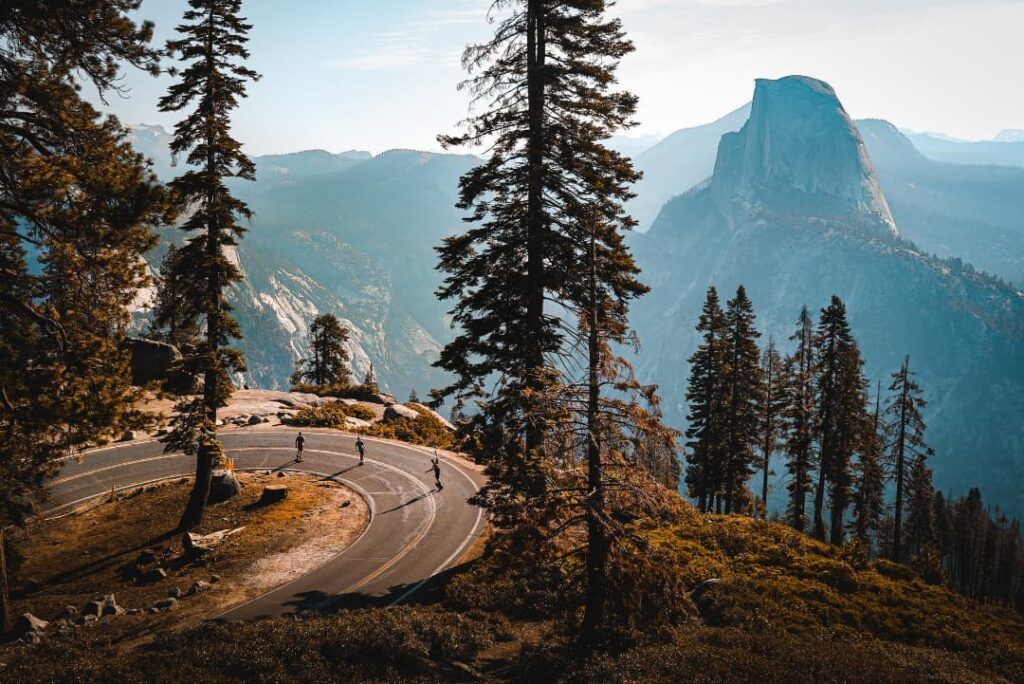
Waterfalls and lakes
As already mentioned, the creation of the Sierra Nevada has developed varying slopes and shaped the territory by diverting water channels and creating stunning waterfalls and lakes. The panoramic points and valley will already provide an overview of these wonders but other points are worth marking on the map for your stay.
- Yosemite Falls – It is one of the park’s main attractions and is the highest waterfall (730m). They are clearly visible from the Visitor Centre and are composed of several sections (Upper, Middle and Lower). You can approach them by venturing along the paths that emerge from the valley.
- Bridalveil Falls – The most accessible, immediately after the south entrance of the park and unluckily also the most crowded. There’s an easy walk to get there, not even 1 km. This starts from the parking lot and reaches the top.
- Vernal Falls – Reachable from one of the most popular trails in the park (the Mist Trail), because it is not challenging. These waterfalls are almost 100 m high and the view from the path is astonishing. The route is flanked by a sort of staircase, which provides a gorgeous view!
But let’s not forget the numerous lakes inside the park. Depending on your entry point you can come across several. Don’t miss Mirror Lake, the closest to the valley, which is perfect for resting after long walks.
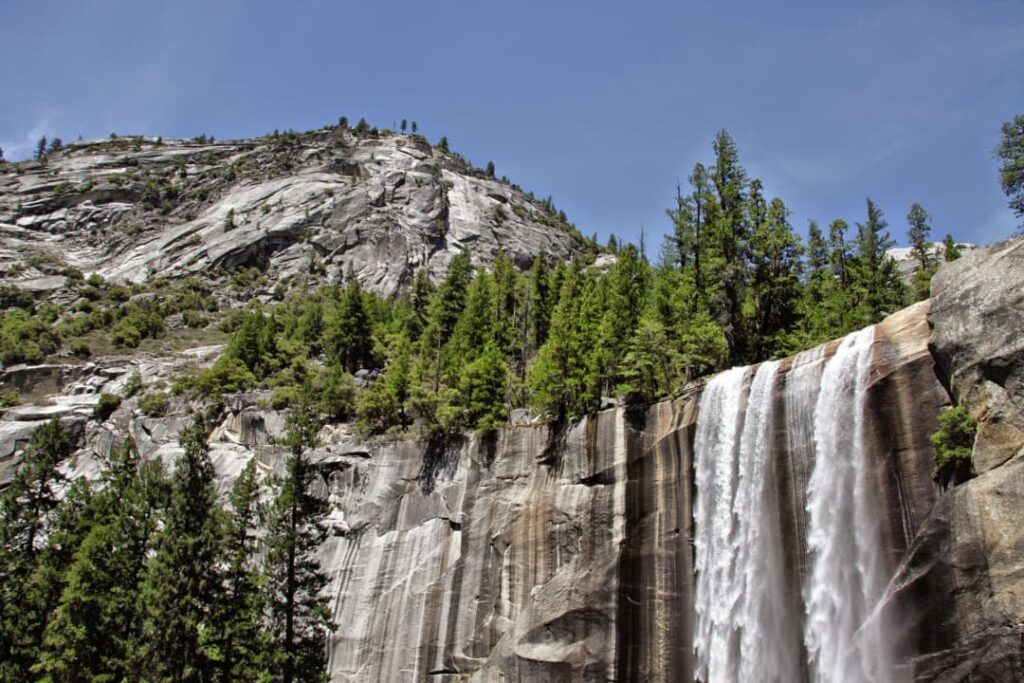
Mariposa Grove of Giant Sequoias
A separate excursion should be dedicated to this beautiful place that borders on magical! From Yosemite Valley, it will take you about 1 hour by car but I promise you that you will fall speechless once you are facing these giants. Yeah, we’re talking about the giant Sequoias! If you do not have enough time in your itinerary to get to the famous Sequoia National Park, you can settle for this forest where there are about 500 specimens.
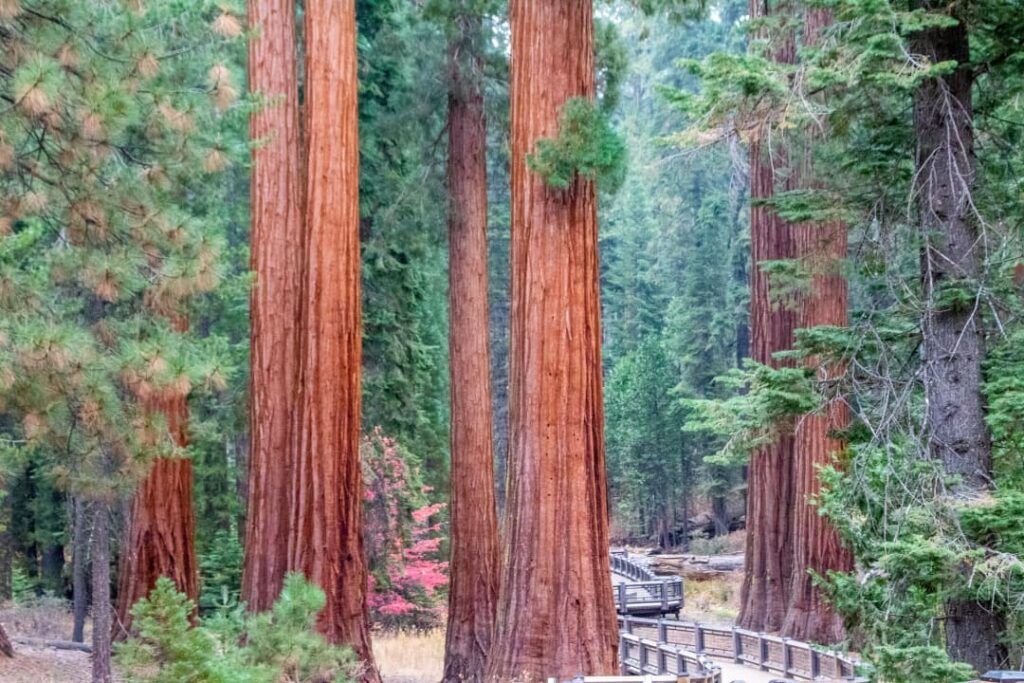
Plan your visit in the morning, the parking lot has a limited number of places and tends to fill up quickly. You can take the shuttle or walk about 3km to get to where the various trails begin. You will find all the useful info on the National Park Service website.
Plan your visit to Yosemite Park
Where to stay
Staying inside the park is definitely the best thing to do, but you need to plan well in advance. As you will discover when you are in Yosemite, there are not many choices. The area enjoys no overcrowding from this point of view, so few lucky people can brag they slept under the stars of Yosemite! On the official website, you will find all the hotels and campsites within the park. If you do not find a place, there are other accommodations just outside the main entrances of the park, in the neighbouring villages (other info here). I stayed in Mariposa, a cute village near the West entrance, where there are some good options and even restaurants to eat at in the evening.
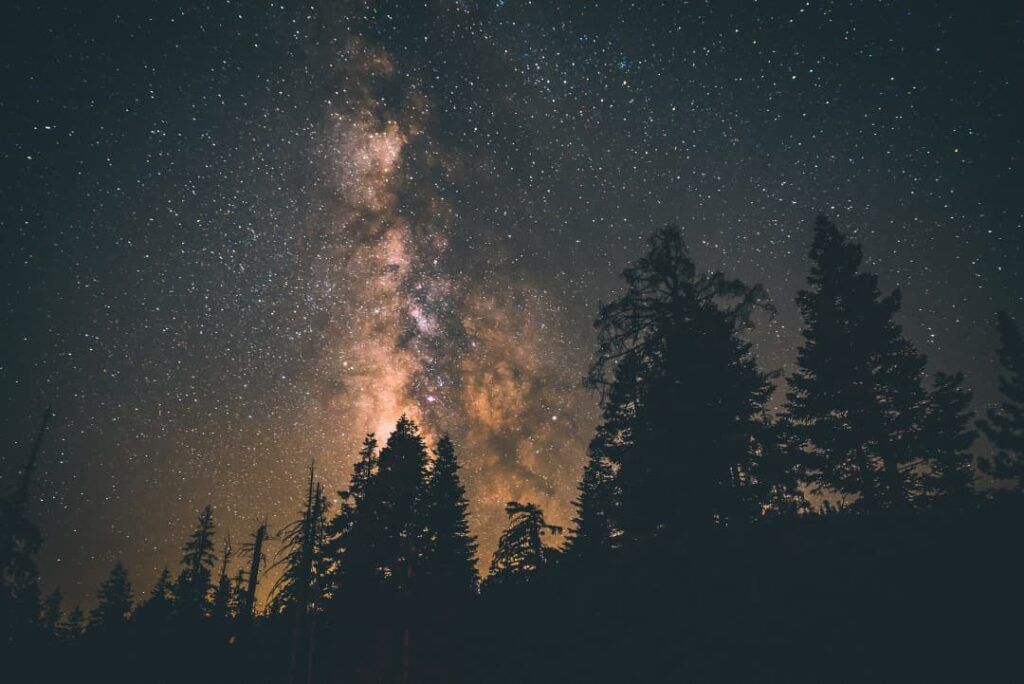
When to go
Summer is undoubtedly the best season to visit the park. July and August are the warmest months and also have the mildest temperatures at altitude. June and September are excellent alternatives also considering the lower turnout of tourists. The winter months are certainly characteristic and the snowy landscape is magnificent but you cannot experience the park to its full. Most of the roads are closed due to snow and consequently many places are inaccessible.
Practical tips: Small survival kit for Yosemite Park
Well, I would also like to leave some practical advice to face this wonderful trip!
- Clothing & Equipment – If as suggested you find yourself in Yosemite Park in the summer, dress comfortably for walking with plenty of layers. It is hot during the day, cool in the morning and chilly in the evening! Always bring a hat and sunglasses, sunscreen and water supplies. If you want to tackle trails and walks, wearing hiking shoes and bringing poles to facilitate the walks are preferable. Considering the many lakes, keep a swimsuit and a towel in your backpack.
- Car – Always respect the speed limits, be cautious and pay attention to the signs. Every year, dozens of bears are killed or injured because speed limits are not respected. Likewise, NEVER keep food in your car, especially at night if you don’t want to find your car (literally) ripped open like a can of tuna. Read here to learn more.
- Bears – I particularly care about this aspect because during my trip, and against all odds, I saw one! It was the first day of my trip to Yosemite, I had not had the opportunity to read anything about this yet and I was sincerely caught off-guard. What you really should know is that there is a proper chance of running into a bear! Don’t worry. I can say that even if it ever happens, you will live to tell the tale because you will not automatically become its dinner! 🙂. Jokes aside, almost all the guides have a paragraph dedicated to this topic. My advice is to check it so that you have an idea of what to do!
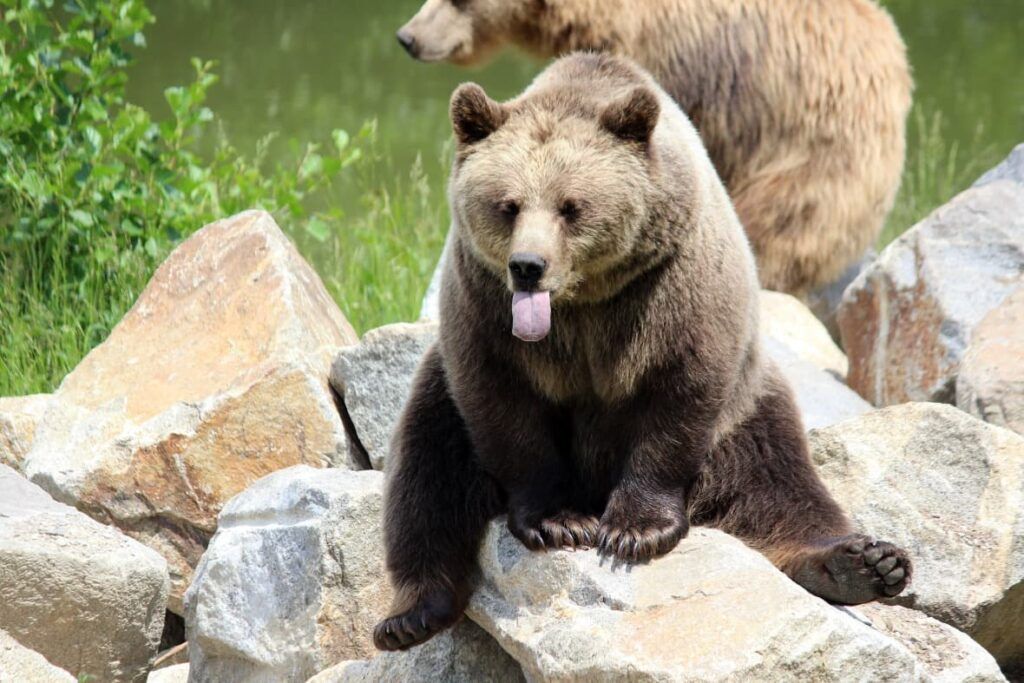
At Yosemite National Park with WeRoad
Yosemite is a corner of majestic nature, which will leave you with indelible memories. If you want to see it with a group of people of the same age with similar interests, take a look at our California 360 trip. In 12 days, we will take you around the sunshine state without missing either Yosemite or Sequoia National Park. Give it a thought!

